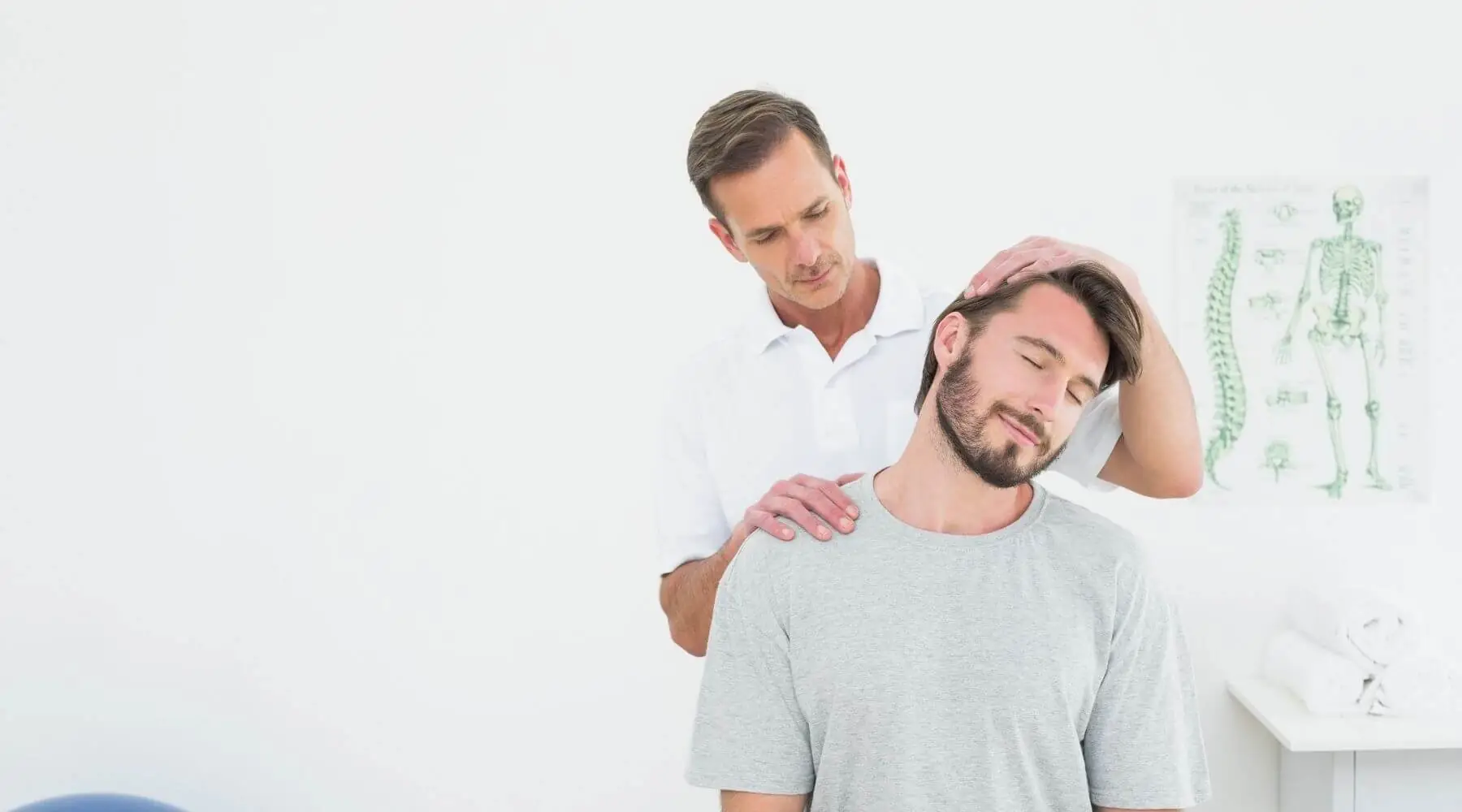Neck Physical Therapyin Connecticut, Maryland, Massachusetts, & New York
Neck pain can arise from various causes, including injuries, overuse, underuse, or underlying conditions. Whether you’re dealing with stiffness, discomfort, or difficulty moving your neck, understanding your pain is the first step toward effective treatment. At MOTION, we provide tailored physical therapy programs to help alleviate pain, restore mobility, and improve your quality of life.
Common Causes of Neck Pain
Injuries
Whiplash, often caused by rear-end collisions, occurs when the head is jerked forward and then backward, overstretching the neck’s soft tissues. This can result in stiffness, pain, and reduced range of motion.
Muscle Strains
Overuse of neck muscles can lead to strain, especially in the back of the neck. Activities like sitting with poor posture or grinding your teeth can fatigue neck muscles, potentially leading to chronic pain.
Arthritic Pain and Discomfort
Over time, the joints in your neck can experience natural wear and tear. This aging process can result in arthritis, causing pain and stiffness that make movement more difficult.
Nerve Compression
Conditions that make it harder for nerves to pass through the neck can lead to pain, numbness, or weakness in the neck, shoulders, and arms. These include:
Stiffened Disks
As we age, the soft cushions between the bones in the neck can dry out and become less flexible. This makes the bones less cushioned and can squeeze the spaces where nerves come out of the neck, potentially causing pain, stiffness, or nerve irritation.
Herniated Disks
The bulging of a herniated disk can press on nearby nerves, resulting in sharp, radiating pain, tingling, or weakness, often felt in the neck, shoulders, and/or arms.
Bone Spurs
Bone spurs can form on neck joints as a result of arthritis or joint degeneration. These growths can press on surrounding nerves, leading to pain, numbness, or limited mobility in the neck, shoulders, or arms.
How MOTION Can Help
Studies show that physical therapy for cervical pain is a proven, effective way to manage neck discomfort and regain function. Our team provides a wide range of treatments, including:
Manual Therapy: Hands-on techniques to relieve stiffness and improve neck mobility.
Postural Training: Exercises to enhance posture and reduce strain on neck muscles.
Targeted Strengthening: Focused exercises to support and stabilize the neck.
Pain Relief Techniques: Methods like heat, cold therapy, and gentle stretches to reduce discomfort.
Don’t let neck pain hold you back—contact MOTION today to schedule an appointment at one of our locations. We proudly serve patients in New York, Maryland, Massachusetts, and Connecticut.

